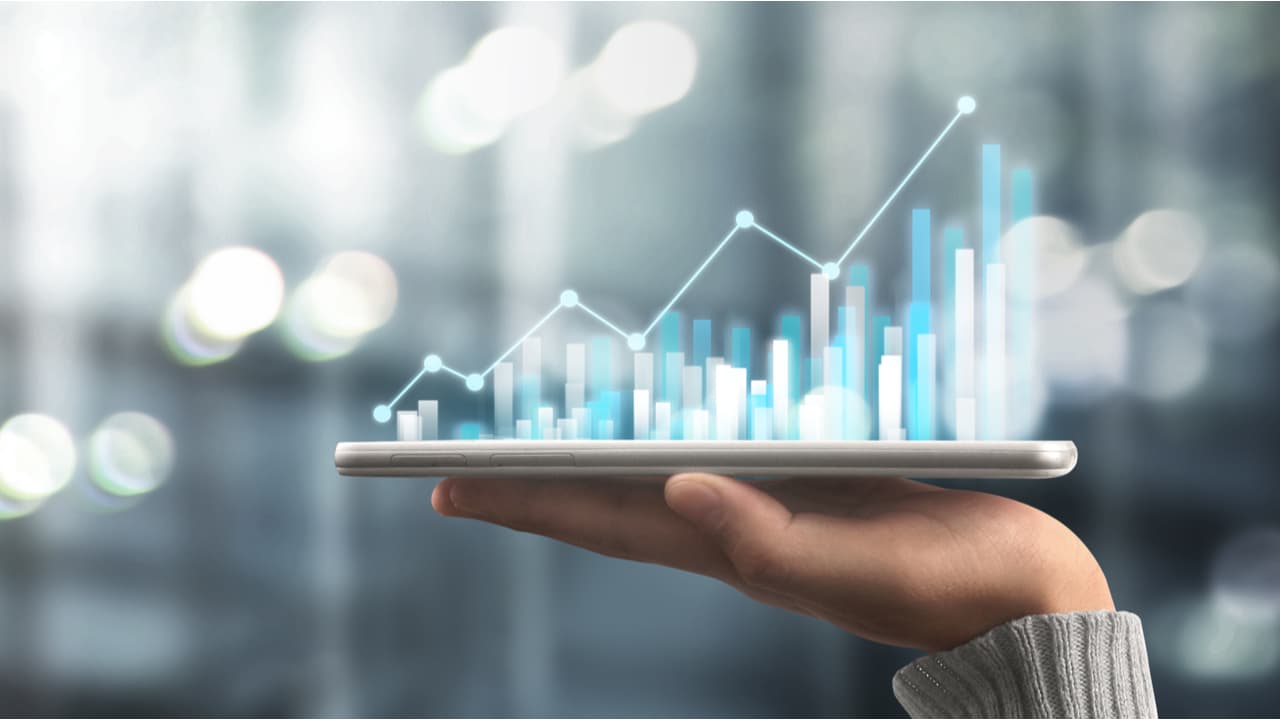It is highly impossible, but if you try to describe this notion – Statistics, in a few words. Then the words will be ‘variable analytics,’ but you might need a deeper explanation. So here it is:
Statistics is a wide-ranging concept. It includes not just gathering but also arranging, evaluating, interpreting, and presentation of data. It helps in forecasting outcomes after identifying patterns and drawing implications. Hence, it is a major part of the interdisciplinary studies. For example, science, engineering, medicine, social science, and business.
As said earlier, the analytics of either of the fields mentioned above is variable. This means that they are not constant. They keep on changing and help us in many ways. Let us explore some examples as we proceed.
Recognizing The Role Of Statistics In Various Domains
Accounting & Auditing
Let us start with the bookkeeping analytic field – Auditing. It is the making of accurate reports and reviewing them at the end of the year. Additionally, It indicates sorting, summarizing, and organization of the data so that all regular arrangements and trends are noticeable. As a result, this unveils any financial risk to the institution for future fiscal years.
Moreover, it makes it easier to optimize financial performance, which everything depends on, so the company must perform well. Hence, information like sales, expenses and earnings of a business are exclusive for accountants to use.
- Application – Accountants forecast cash flow, consumptions, earnings, and book value using statistics.
Communal Sciences
Next up are the sciences you come across while living in a society – social sciences. They have five subdivisions, namely, anthropology, political science, economics, sociology, and psychology. They are the fields that students usually take assignment help for during their educational years.
Now, coming back to the subdivisions, they are an analysis of how people behave in social settings. It involves human activity at their homes to society and even collectively as a nation. Moreover, the social sciences also study the effect humans pose on society by data collection. Then, tests are run, and predictions are made.

- Application – Social scientists reveal statistics for criminology, literacy, demography, agriculture, biometrics, and behavioral disciplines.
Programming Languages
Building on our list, we also have Programming – alternatively known as coding. This is all about solving the problems creatively. Therefore, it is evident that statistics help increase speed and productivity for programmers.
Apart from this, it helps them design new algorithms and maintain the old ones. Moreover, programmers use it to make informed decisions and analyze machine-learning data. It even improves the accuracy levels. Additionally, it supports the comparison of two versions of a product and determines results.
- Application – The biggest application is in the area of quality assurance and performance optimization of software applications.
Business Corporations
Managing a big corporation is never easy. There are a billion things to look after and it requires highly educated and trained staff. Such as people who are pros at statistics so that they can scrutinize information, process the data and formulate worthwhile policies.
In addition, they use the data to ensure product quality and conduct regression analysis to identify a relation between two variables. It is also a special tool for carrying out market research, forecasting, analyzing performances, and understanding consumer behavior.
- Application – Experts use it for better resource allocation, maintain quality standards and prepare for market trends. It also helps them in production planning.
Economic Affairs
Further, down the line, there are the economic conditions of a country that needs statistics to work smoothly. Measures like unemployment rates, population growth, literacy rates and budget estimations are some common examples of it.
Moreover, economists use them to study market trends and structures. For example, to measure the facilities provided to houses, hospitals, and schools. It even comes in handy while grasping the inflation levels and carrying out any census.
- Application – Economics depends on numbers to gain insights into the relation between demand-supply and quantity price. In addition, it aids in comparing the Per capita income of different countries.
Monetary Management
The banking institutions best take care of the monetary management of any country. Therefore, if we closely observe them, we notice that they cannot function without the figures and math. The risk analysis that they draw before loans and investments is based on the principle of statistics. Hence, the two are thoroughly related.
Besides this, banks use the numbers for fraud detection and performance evaluation by detecting unusual patterns. It helps them stay ahead of conflicts. This also means that there is transparency in all financial operations.
- Application – Bankers use it to predict the ratio of depositors to loan applicants. Moreover, the monetary policy formulation is also not possible without them.
Mathematical Computation
The cherry on top to complete this list is the field of Arithmetic calculation. It is more complex than writing any essay, for which you can easily hire an essay writing service UK. It consists of complex information that is interpreted to provide evidence for making decisions.
Likewise, statistics benefit mathematicians in calculating probability ratios by bringing out conclusions from available information. Even if it is very little, then too the patterns become easy to identify. In addition, the data-supported decisions are always accurate and effective.
- Application – Calculus, Algebra, and differentiation all use statistical techniques for example, averages, estimations, and dispersions.
Lesson Learnt…
There are four stages of the statistical Process – planning, organizing, interpreting, and presentation of the data. This means that the first step is to plan the research and design the data collection methods. Then, scan the data for patterns and interpret them wisely. After that, put forward the data in such a form that everything is easily graspable. As a result, you can communicate the findings effectively.
Moreover, in light of the information above, we have learned that arithmetic thinking encourages data-driven decisions. Not only this, but they remove the linear assumptions and increase transparency in research techniques. Apart from this, in modern times, this phenomenon supports critical thinking.
It lets you understand social trends better; for example, examining income distribution can reveal societal inequalities and trends in wealth disparity. Following this, the economist can make better financial policies and businesses can develop fitting pricing strategies. Hence, every analytical field needs numerical data for support, regardless of its size.
